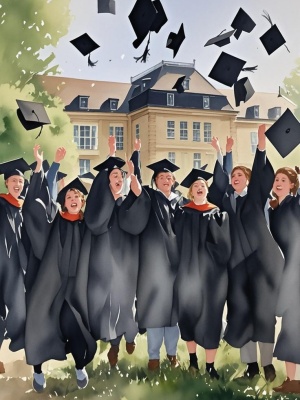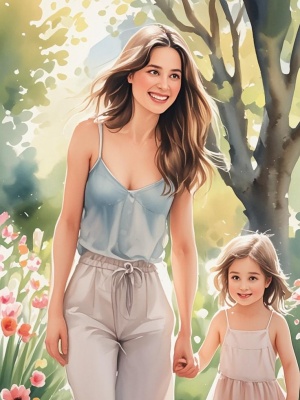The Essential Guide to Watercolor References for Artists
Introduction to Watercolor References
Watercolor references are invaluable tools for artists of all skill levels. Whether you're a beginner learning the basics or an experienced painter looking for inspiration, high-quality references can elevate your artwork. These references come in various forms, including photographs, real-life objects, digital images, and even AI-generated art from platforms like MediaAI Art.
Using proper watercolor references helps artists understand light, shadow, composition, and color blending - all crucial elements in creating stunning watercolor paintings. In this comprehensive guide, we'll explore different types of references, how to use them effectively, and where to find the best resources.
Types of Watercolor References
Photographic References
Photographs are among the most common watercolor references used by artists. They provide a frozen moment in time, allowing painters to study details at their own pace. When choosing photographic references:
- Look for high-resolution images with good lighting
- Select photos with interesting compositions
- Consider the color palette and how it will translate to watercolors
- Pay attention to the contrast between light and shadow areas
Real-Life References
Nothing beats painting from direct observation. Setting up still life arrangements or painting en plein air (outdoors) provides the most authentic watercolor references. This method helps artists:
- Develop better understanding of three-dimensional forms
- Observe subtle color variations in natural light
- Improve hand-eye coordination
- Capture spontaneous impressions
Digital and AI-Generated References
With advancements in technology, digital tools and AI platforms like AI Text to Image can generate unique watercolor references. These offer:
- Customizable compositions based on text prompts
- Endless variations of the same subject
- Stylized interpretations that can inspire new techniques
- Quick generation of reference material for specific needs
Problem-Solution Matrix for Watercolor References
Common Challenges and Solutions
Artists often face specific problems when working with watercolor references. Here's a helpful matrix:
| Problem | Solution |
|---|---|
| Flat-looking paintings | Use references with strong light/shadow contrast |
| Difficulty with color mixing | Create a color study from your reference first |
| Composition issues | Use the rule of thirds to analyze reference photos |
| Lack of inspiration | Explore diverse references on gallery platforms |
Where to Find Quality Watercolor References

Finding good watercolor references is easier than ever thanks to online resources. Some excellent places to look include:
- Specialized art reference websites like Line of Action (external link)
- Stock photo sites with artistic collections
- Social media platforms with artist communities
- AI art generators for custom references
- Your own photo collection from travels and daily life

For those interested in digital transformation of references, AI painting tools can help convert photos into watercolor-like images that serve as excellent starting points.
Conclusion: Mastering Watercolor References
Watercolor references are more than just copying tools - they're learning aids that help artists develop their skills and unique style. By understanding the different types of references available and how to use them effectively, you can significantly improve your watercolor paintings.
Remember that the best approach often combines multiple reference types. You might start with a photograph, enhance it with AI tools, then modify the composition to make it your own. As you grow more comfortable with references, you'll find yourself relying less on them while producing more original artwork.
For more artistic inspiration and techniques, explore our art blog which covers various topics from traditional painting methods to cutting-edge AI art creation.